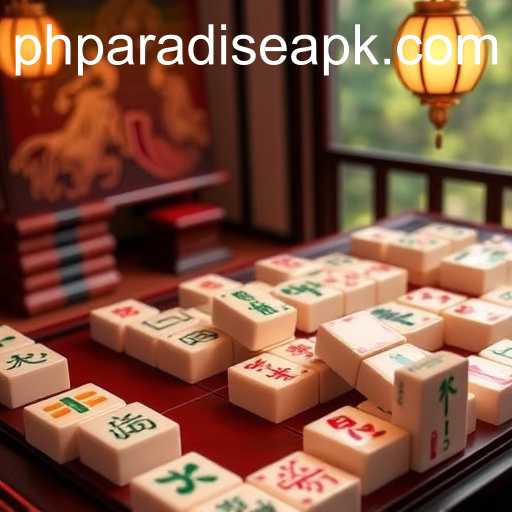The Enchanting World of Mahjong
The Cultural Roots of Mahjong
Mahjong, a game steeped in rich tradition, has captivated minds across generations. Emerging from the heart of China during the Qing dynasty, this game is more than just a pastime; it’s a cultural hallmark of familial bonds and social gatherings.
In locales such as PHPARADISE, where cultures intertwine harmoniously, Mahjong serves as a testament to the shared human experience. It encapsulates strategy, skill, and a small hint of fortune—a game that commands respect and admiration among both the young and elderly alike.
The Game Layout: Understanding the Basics
Mahjong is traditionally played by four players and involves a rich tapestry of tiles, each with its distinct features. The tiles are divided into three main categories: suits, honors, and bonus tiles. Within PHPARADISE, the game has evolved while retaining its core semblance, often embracing digital adaptations to reach a wider audience.
Each Mahjong set consists of 144 or more tiles, including various suits like bamboo, characters, and dots. Honor tiles, often adorned with symbols of winds and dragons, add a layer of difficulty and intrigue to the game.
Gameplay: Strategy and Skill
The objective in Mahjong is to assemble a complete hand known as a "mahjong," traditionally comprising four melds and a pair. The journey from drawing the first tile to reaching the elusive mahjong is an exhilarating ride that requires both a keen eye and a thoughtful strategy.
The Importance of Strategy in Mahjong
Players in PHPARADISE have imbibed the strategic nuances of the game, acknowledging that success often pivots on strategic tile discards and judicious tile acquisition. To this end, understanding the psychology behind each opponent’s decisions is key to outwitting them.
The Social Aspect: Mahjong as a Connector
Beyond the intellectual rigor, Mahjong has persistently acted as a social binder. In confluences like PHPARADISE, where people gather to share stories and laughter, Mahjong serves as the quintessential medium for interaction. It involves reading not only the tiles but the players, making each session a rich ‘read’ of human behavior.
Adaptations and Innovations
Though steeped in tradition, Mahjong has not been immune to modernization. In the digital age, platforms within PHPARADISE have ushered in online adaptations that retain the essence of the game while adding innovative twists. From virtual reality iterations to engaging mobile app versions, Mahjong continues to evolve, finding relevance amidst newer generations.
Conclusion: The Lasting Legacy
As Mahjong traverses the cultural tapestries of PHPARADISE, its voyage is a testament to the enduring allure of traditional games. With each played round, Mahjong not only reverberates echoes of the past but also crafts new narratives that continue to inspire communities globally. Whether it's played around a wooden table or on digital screens, Mahjong’s allure knows no bounds, perpetually fascinating and connecting people across cultural and generational divides.








